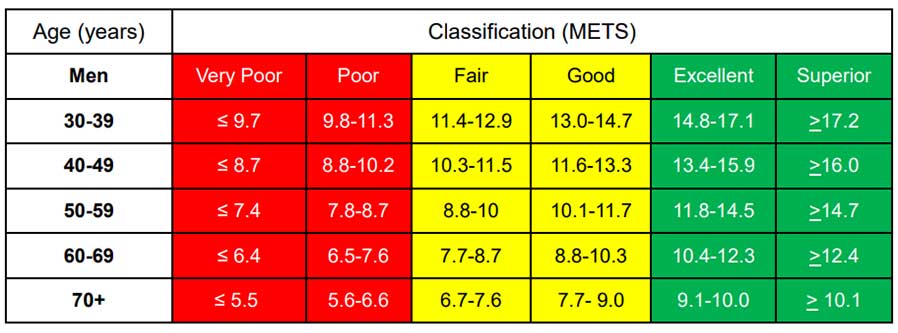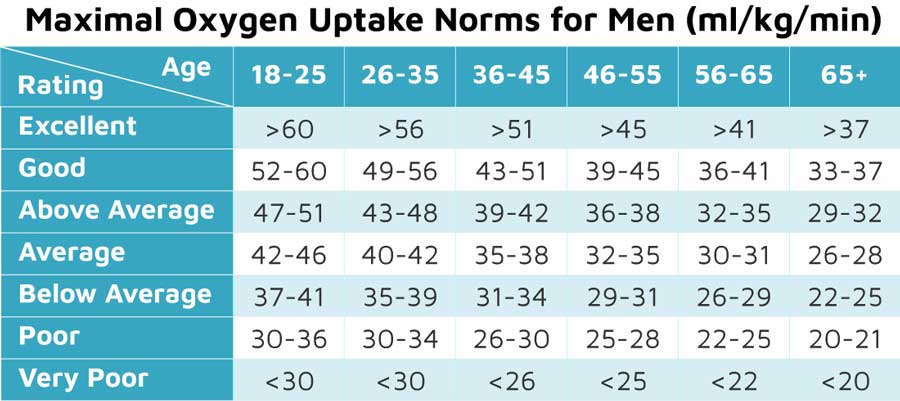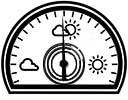Exercise Green Light
Cardiac Rehab seems to vary quite a bit from country to country and from health board to health board. Here in Wales it hasn’t been quite as thorough as in many other parts of the world. Essentially it has just been some very easy exercises whilst stood next to a chair. There has been no monitoring of our hearts, no measuring of blood pressure, no educational elements and no personalisation. Elsewhere in the UK they do seem to put you through exercise stress tests and do monitor your heart on an ECG during the exercise classes. but not here.
Even better is the rehab they get in Israel. Someone from Israel told me that he gets
“about 12-18 months of rehab. The great thing is that my Garmin account is connected to their server and all my exercises etc are uploaded for their review. I have a set HR range and each week I need to run/cycle etc to get 120 mins total “target” HR. The cardio work, along with weight and BP need to be entered twice a week. On top of that I get a weekly chat with a physio to discuss any problems and 1 day a quarter at the hospital to meet with the cardiologist and do a stress test. Really quite comprehensive care”
Sounds quite a bit more impressive than the 10x 45 minute sessions of mobility exercises that I’m getting. I did pay upfront for it though and it does at least give me a point of contact with the cardiac rehab nurses so I shall stick with it – if only to get me out of the house to do something on a Monday morning.
ECG Exercise Stress Test
The thing that most of the cardiac rehab programs around the world seem to hinge on is an Exercise ECG Stress Test. They do these several times during the rehab program so as to track a patients progress and to impose limits on intensity of exercise if necessary. I wanted to do one to see how I was progressing and more importantly to help me set safe training intensities. It took some effort to get one as it’s not standard fare here but I managed it in the end.
I turned up at the hospital with running kit on under my usual clothes and met Gethin (who I cycle with). He’s the cardiological technician at the hospital so soon set to shaving my chest and hooking me up to the ECG. Dr. McKeogh (the cardiologist) then came in to run through a few things, ask how I was and get some history etc.
I did have to admit to him that I had fallen over the other day as I had a massive bruise on my arm from it. I don’t really know what happened. I go out of bed, walked across the room and the next thing I know I was flat out on the floor! presumably an effect of blood pressure lowering the medication I’m on.
All seemed OK so I was soon on the treadmill ready for the test which uses the Bruce Protocol, This is something I’m familiar with from my work as a Sports & Exercise Science Lab Technician. Essentially it’s a treadmill test where you walk at set speeds and gradients. Every 3 minutes the speed and gradient increases. You just keep going, all the while your heart is being monitored on and ECG and every so often your blood pressure is measured too.
The stages of the test are as follows:
- Level 1 – 10% Incline at 2.7 km/h
- Level 2 – 12% Incline at 4.02 km/h
- Level 3 – 14% Incline at 5.47 km/h
- Level 4 – 16% Incline at 6.76 km/h
- Level 5 – 18% Incline at 8.05 km/h
- Level 6 – 20% Incline at 8.85 km/h
- Level 7 – 22% Incline at 9.65 km/h
- Level 8 – 24% Incline at 10.46 km/h
- Level 9 – 26% Incline at 11.26 km/h
- Level 10 – 28% Incline at 12.07 km/h
The level you get to can be used to calculate your ‘Metabolic Equivalent of Task’ (MET) and an approximate VO2Max. The first of these is an estimate of the energy used by our body during exercise. The latter is a metric that expresses the capacity of our bodies to utilise oxygen when exercising. Both can be used to determine the level of fitness of an individual.
My Scores
I’ve obviously done various VO2max tests, Ramp tests and such like prior to my heart attack. But now that I’d had a heart attack, my heart was damaged, I had stents in my Right Coronary Artery and I was on lots of medication this was all new. I had no idea how I would perform. I wasn’t even sure if I’d be able to push it very far before the cardiologist spotted something in my ECG trace and stopped me. That was the exact reason why I wanted the cardiologist there and why I wanted my heart monitored on an ECG. I didn’t want to cause any more damage or push harder than was safe to do so. Having someone monitor such things was the reassurance I needed.
The first couple of stages were easy enough. My heart was responding as expected as I sped up. I then realised that I’d forgotten to take my normal clothes off, so I still had them on, on top of my running kit! Oh well it wouldn’t make much difference so on I went. Level 3 and 4 were fine bringing me up to a very brisk uphill walk. Level 5 saw me start jogging and all was OK. Level 6 was beginning to get hard and was quite a jump from level 5. I was now running uphill at a decent pace. My heart rate was up close to my max peaking at around 166bpm. I could have carried on for a little longer and could probably have made a start on level 7. However, the cardiologist had seen what he wanted to see, I was pushing quite hard and didn’t really feel comfortable going all out just yet so it was time to stop. I stopped after about 16 minutes and 30 seconds.
According to the Bruce Protocol Calculators that gave me a:
- METmax of 17.41 METs
- VO2max of 60.93ml/kg/min
That’s actually quite a bit higher than I was expecting. They are actually quite decent levels for anyone, let alone a heart attack patient.
Here’s a chart showing cardiorespiratory fitness classifications for men based on METs.

With a METmax of 17.41 METs that puts me in the ‘Superior’ classification even for a 30-39 year old. I’m actually 50 years old so that’s even better.
Here’s a similar chart for VO2Max measurements

Again, with an estimated VO2max of 60.93ml/kg/min that puts me well into the ‘Excellent’ range for a 50 year old man, and even in the excellent range were I still 18-25 (if only!). So, seeing as I’m recovering from a heart attack I can’t really complain. The years of training prior to the heart attack are obviously the reason for this, but its good to see that some of that fitness is still there despite the heart damage. Not that I’m feeling fit my any stretch of the imagination.
Bigeminy
There was a strange ‘fluttering’ in my heart following the test. This could be clearly seen on the ECG too. The cardiologist explained this to be called Bigeminy which is due to premature ventricular contractions (PVC). He said they were nothing to worry about as long as they settle back down pretty quickly and if they only occur during recovery. They did, so I’ll take his word for it.
He also said that he was now happy for me to train ‘as I see fit’, whilst emphasising the need to build things up steadily. The fact that he didn’t have to stop the test due to any ECG abnormalities means that he is happy for me to push as hard as I want. I’ll take that as a green light to exercise once again. I will be cautious though and that will still only be land-based exercise for a while.
Every Run is PR
So, since the test I’ve been gradually increasing the run portion of my walk / jog sessions. I’ve reset the records on my Garmin watch too, so every run is a PR at the moment. Not only does that feel good but it’s also more realistic. There’s no way that I’m going to be ale to beat my previous PR’s now. Not only am I 10 years older than when many of them were set, but I’ve had a heart attack too. Time for a restart.
I haven’t done an actual 5km run yet as I’ve only built up to 4 minutes of running with 1 minute of walking in between. However I do cover 5km on these sessions and each one is an improvement
Since my Heart Attack my 5km times have looked like this:
- 7th Aug: 37:51
- 10th Aug: 36:19
- 12 Aug: 34:15
- 14th Aug: 33:38
- 18th Aug: 33:02
- 26th Aug: 31:48
- 29th Aug: 31:38
- 3rd Sept: 30:46
- 7th Sept: 28:24
They might not be great but they are at least showing a steady improvement as I gradually increase the amount of running I do. The latest one being a sub 30 minute 5km.
I do still have to take it relatively easy though. Most days I feel as though I’m standing still as far as the heart attack recovery is concerned. Sometimes I’m able to take ½ a step forwards, but if I try to take a whole step then it’s a classic case of 1 step forward and two steps back. Patience is definitely the key and learning just how large a step I can take is going to be important as I start to ramp things up a little. Usually I’d probably take a few risks, but considering the consequences I think I’ll err on the side of caution this time.
3 Responses
-
[…] may have been given the green light to exercise following my heart attack in June, but it’s going to be a hard road back to […]















Hi Alan,
Glad things are looking promising for you and you can get back to some training . I knew you couldn’t be held back! Just be cautious!
At least you know you can do whatever you feel comfortable with whatever that maybe ? Enjoy ! X